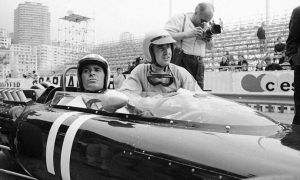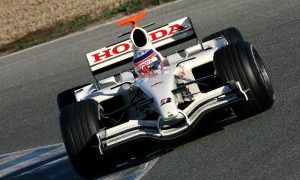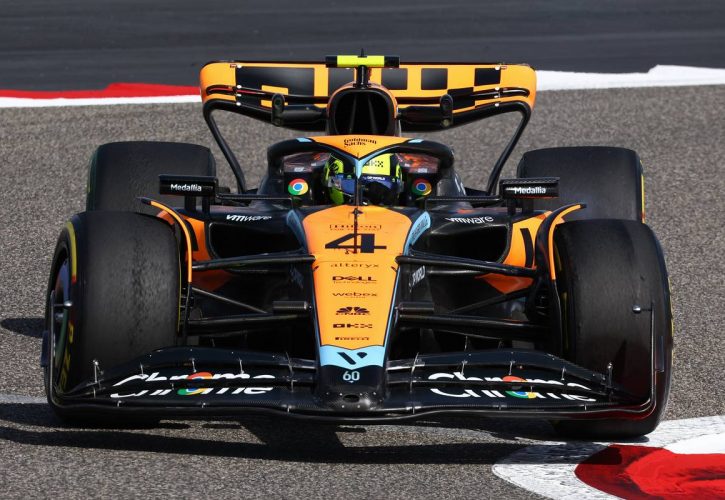
McLaren says its new long-awaited wind tunnel in Woking has now been completed, and the team hopes to have access to its new tool in June.
The completion of McLaren's crucial piece of infrastructure was a priority for the outfit's former team boss Andreas Seidl and technical director James Key, and was initially expected to conclude in 2021.
But the global Covid pandemic led to the wind tunnel's construction being delayed by two years, forcing McLaren to continue to conduct most of its aerodynamic work at Toyota's facility in Cologne.
In Bahrain, Seidl's successor at the helm of McLaren, Andrea Stella, provided some insight on when the team's crucial piece of infrastructure will come online and how the team will proceed with its development work.
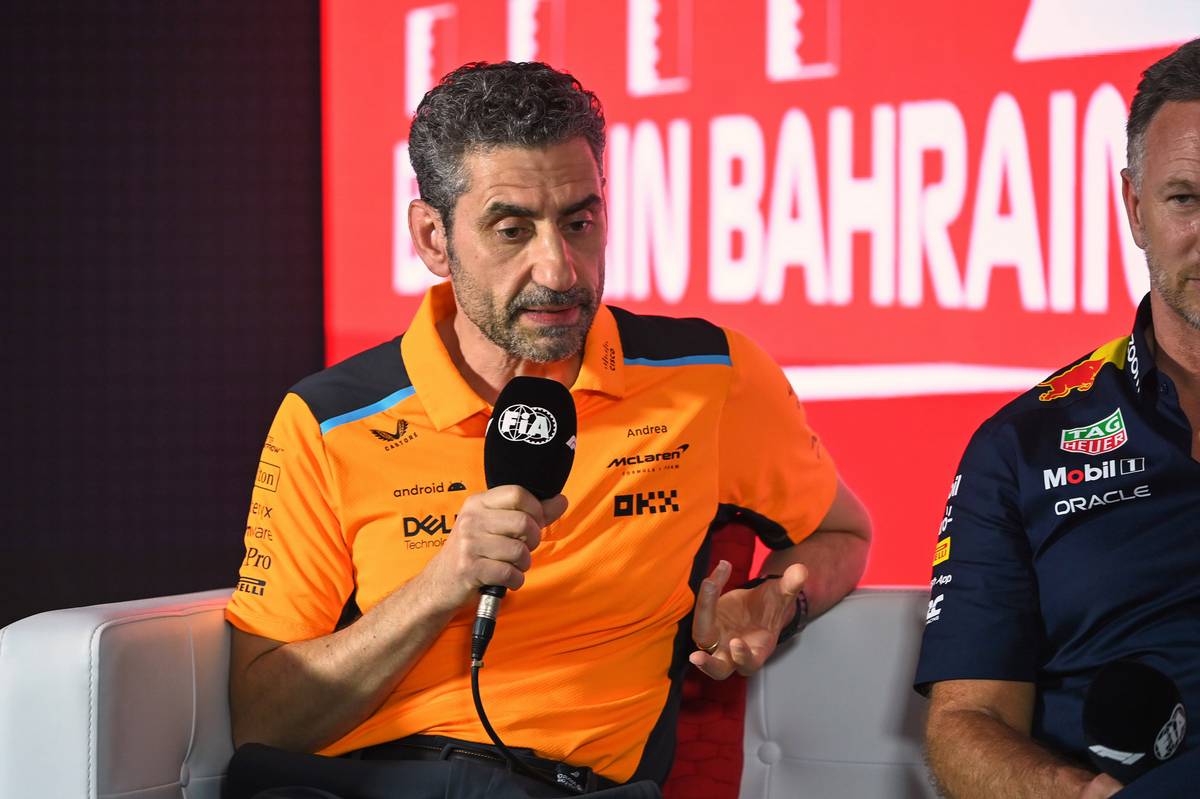
"We are hopeful to have the car in the wind tunnel, which should be at that stage the new car, in June," Stella said.
"The wind tunnel is already commissioned, but there's a process of calibration, installation of the methodologies like the ones you use to measure the pressure, to measure the velocity field, to measure the forces. All this takes some weeks.
"Hardware-wise it exists, the fan goes on. It's really nice for my office because I can hear it. And it's so reassuring [because] we're making progress, but we can't yet put the car model in there for the relevant tests.
"On a new wind tunnel you have to use a reference model in one tunnel and in another to see the correlation and repeatability.
"We don't plan to do it with the new car model, we want to do it with the old car model, understand more about the new wind tunnel and then deploy the new [2024] car."
Stella admitted that relying on Toyota's wind tunnel in Cologne – which meant transporting parts across the channel and in to Germany – has been a practical stop-gap solution but hardly a time-saving one in the fast-moving world of F1.
"When we have a design, we produce the parts for the model, then there's a van that drives to Cologne and we lose a couple of days," Stella explained.
"Formula 1 is such a fast business, you can't have this way of operating.
"I don't want to mention the wind tunnel too much because it sounds like an excuse, but it's definitely a deficit in the quality and in the speed of the development because of all these slow operations that you have to do to just get the parts tested in the wind tunnel."
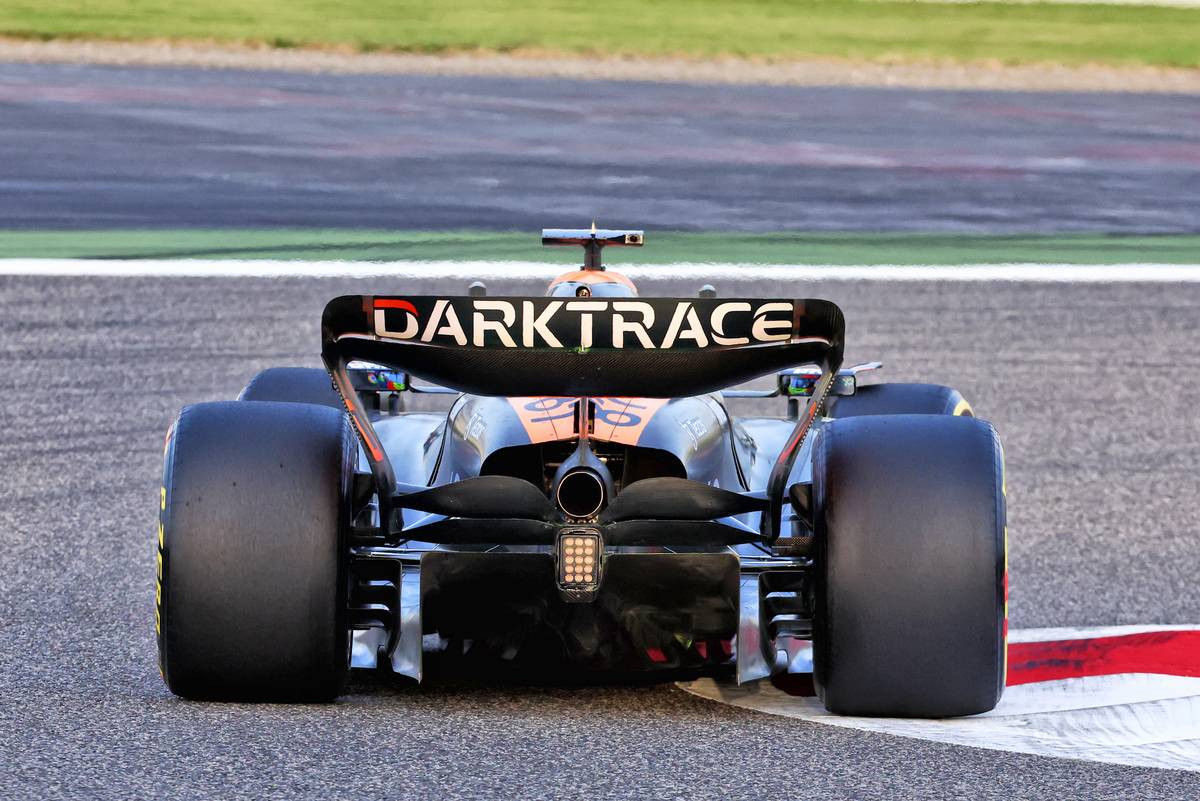
McLaren's lack of a wind tunnel on its premises has often been cited as a big drawback in terms of its car development. But Stella says the shortfall has been but one factor among several others that has led to the lack of development of its draggy new-spec MCL60.
"The wind tunnel alone is not enough to justify the fact that the car is where it is," Stella said.
"We could have done a better job independently of the wind tunnel. Now, this is something we are reviewing.
"Very honestly, I think this is acknowledged and this has actually given us good learning throughout the group for future developments.
"That's why you see me a little committed in terms of I think we see the car very alive in terms of development."
McLaren has said that it will implement minor updates on its car in upcoming races, with the MCL60's first significant upgrade appearing at the Azerbaijan Grand prix in Baku at the end of April.
Keep up to date with all the F1 news via Facebook and Twitter



